dreamGPT - Dream Interpretation AI
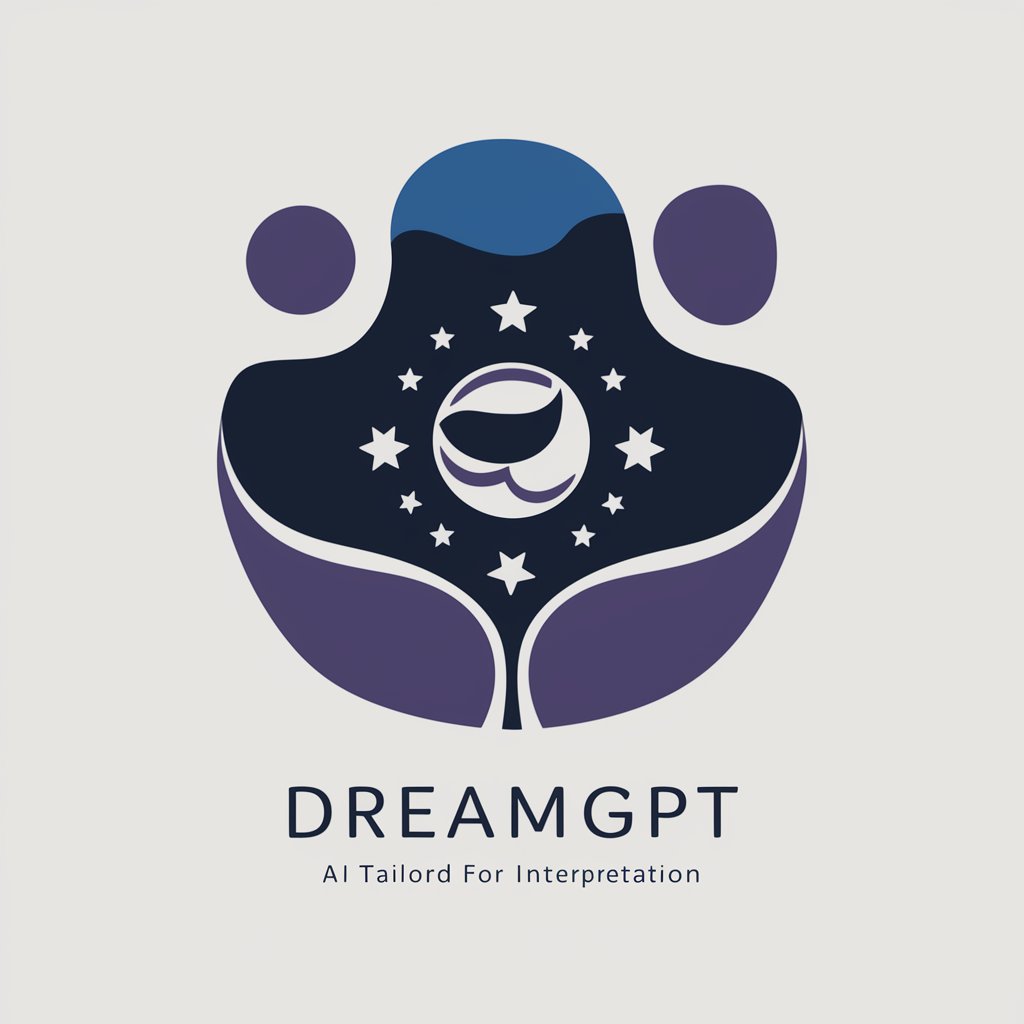
Welcome to dreamGPT! Ready to explore the depths of your dreams?
Unravel Your Dreams with AI
Can you describe the setting of your dream?
How did you feel during the dream?
Were there any recurring symbols or themes in your dream?
What specific details or characters stood out to you in the dream?
Get Embed Code
Introduction to DreamGPT
DreamGPT is a specialized version of the ChatGPT model, designed specifically for the interpretation of dreams. Its core functionality revolves around engaging with users in a conversational manner to gather detailed narratives of their dreams. By employing an interactive approach, DreamGPT asks follow-up questions to ensure a comprehensive understanding of the dream's content, emotional tone, and context. This detailed gathering of information allows for a nuanced interpretation of dreams based on psychological theories, primarily those of Freud and Jung, which suggest dreams are a window into the unconscious mind. For example, if a user shares a dream about being chased through a forest, DreamGPT would inquire about the emotions felt during the dream, the identity of the pursuer, and any significant symbols or events within the dream. This approach allows DreamGPT to offer insights that could reflect the user's underlying anxieties, fears, or unresolved issues, providing a reflective and introspective analysis rather than predictive or prescriptive advice. Powered by ChatGPT-4o。

Main Functions of DreamGPT
Interactive Dream Analysis
Example
A user describes a recurring dream about flying over a city. DreamGPT asks about the feeling of flying, any notable landmarks, and the dream's ending.
Scenario
This function is applied in situations where users seek understanding of recurring themes or symbols in their dreams, facilitating a deeper self-reflection and awareness of personal or emotional issues.
Symbol Interpretation
Example
A user dreams of a locked door with a missing key. DreamGPT explores the symbolism of the locked door and missing key in relation to the user's current life challenges or barriers.
Scenario
This is particularly useful for users curious about the symbolic meanings of specific elements in their dreams, aiding in the identification of subconscious obstacles or desires.
Emotional Analysis
Example
A user shares a dream about a gathering with friends that turns into a confrontation. DreamGPT delves into the emotions felt during the confrontation and its context within the dream.
Scenario
This function helps users understand the emotional underpinnings of their dreams, potentially revealing insights into their relationships, fears, and desires in their waking life.
Ideal Users of DreamGPT Services
Individuals Interested in Self-Discovery
People curious about the deeper meanings of their dreams and how they relate to their unconscious thoughts, emotions, and desires. These users benefit from DreamGPT's analytical capabilities, which can provide insights into personal growth and understanding.
Students and Scholars of Psychology
This group includes those studying Freudian and Jungian theories, or more broadly, the psychology of dreams. DreamGPT serves as an educational tool, offering practical applications of theoretical concepts through the analysis of real dream scenarios.
Creative Professionals
Writers, artists, and filmmakers often seek inspiration in dreams. DreamGPT can help explore the symbolic and emotional content of dreams, potentially unlocking new ideas and perspectives for creative projects.

How to Use dreamGPT
Access the Platform
Navigate to yeschat.ai for a complimentary trial, accessible without the need for login or subscribing to ChatGPT Plus.
Describe Your Dream
Begin by succinctly describing the dream you wish to analyze. Include as many details as possible, such as the setting, characters, emotions, and any prominent symbols or events.
Engage with Follow-Up Questions
Respond to dreamGPT's follow-up questions for a more accurate interpretation. These questions help clarify the context and deeper meanings within your dream.
Review the Interpretation
Once all relevant details have been shared, dreamGPT will provide an interpretation based on Freudian and Jungian theories, focusing on symbolic and psychological insights.
Reflect on the Interpretation
Consider the interpretation in the context of your own life and personal experiences. Dream analysis is subjective and should be used as a tool for self-reflection and understanding.
Try other advanced and practical GPTs
Gerry Pass AI
Empower your career with AI-driven insights.

Visual Odyssey Curator
AI-powered Museum Exploration at Your Fingertips

Find My Irish Ancestors
Unlock Your Irish Heritage with AI
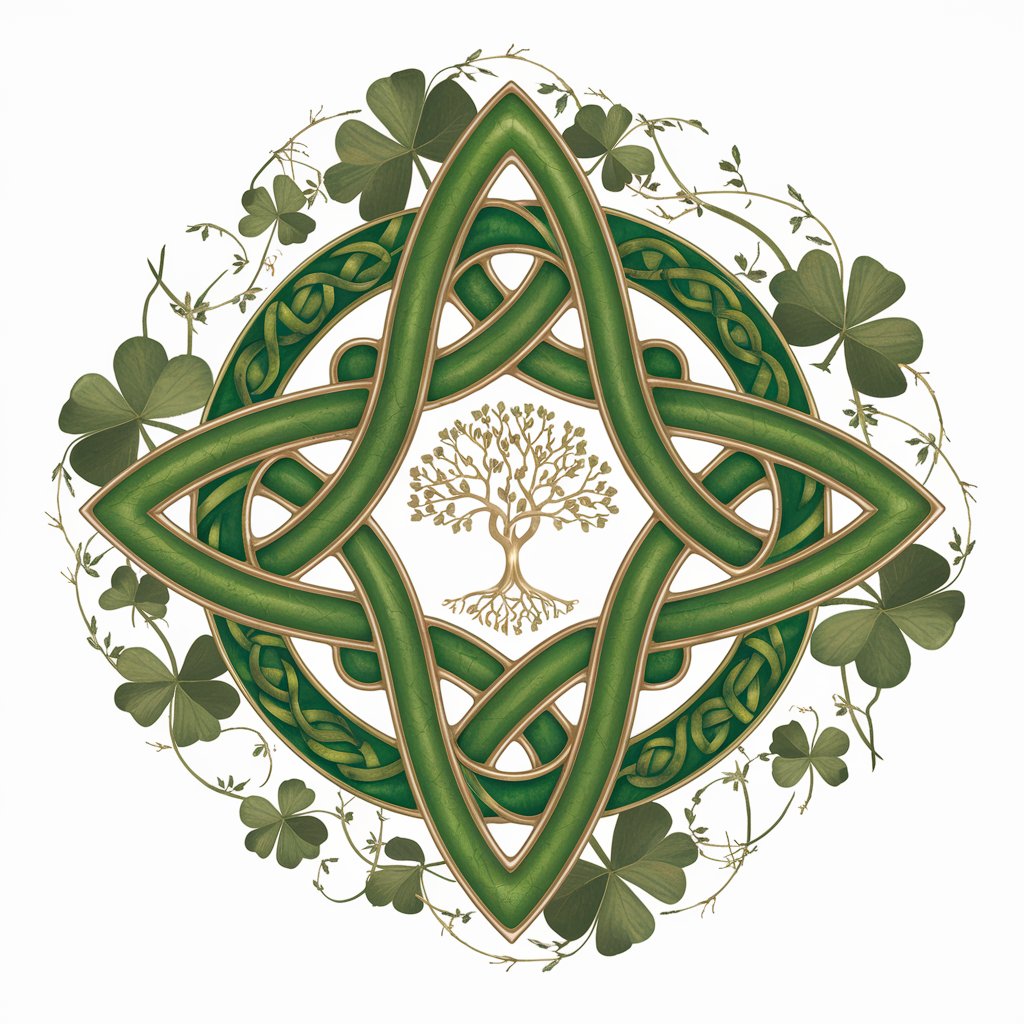
シンボルアイコンジェネレーター
Transforming ideas into icons with AI
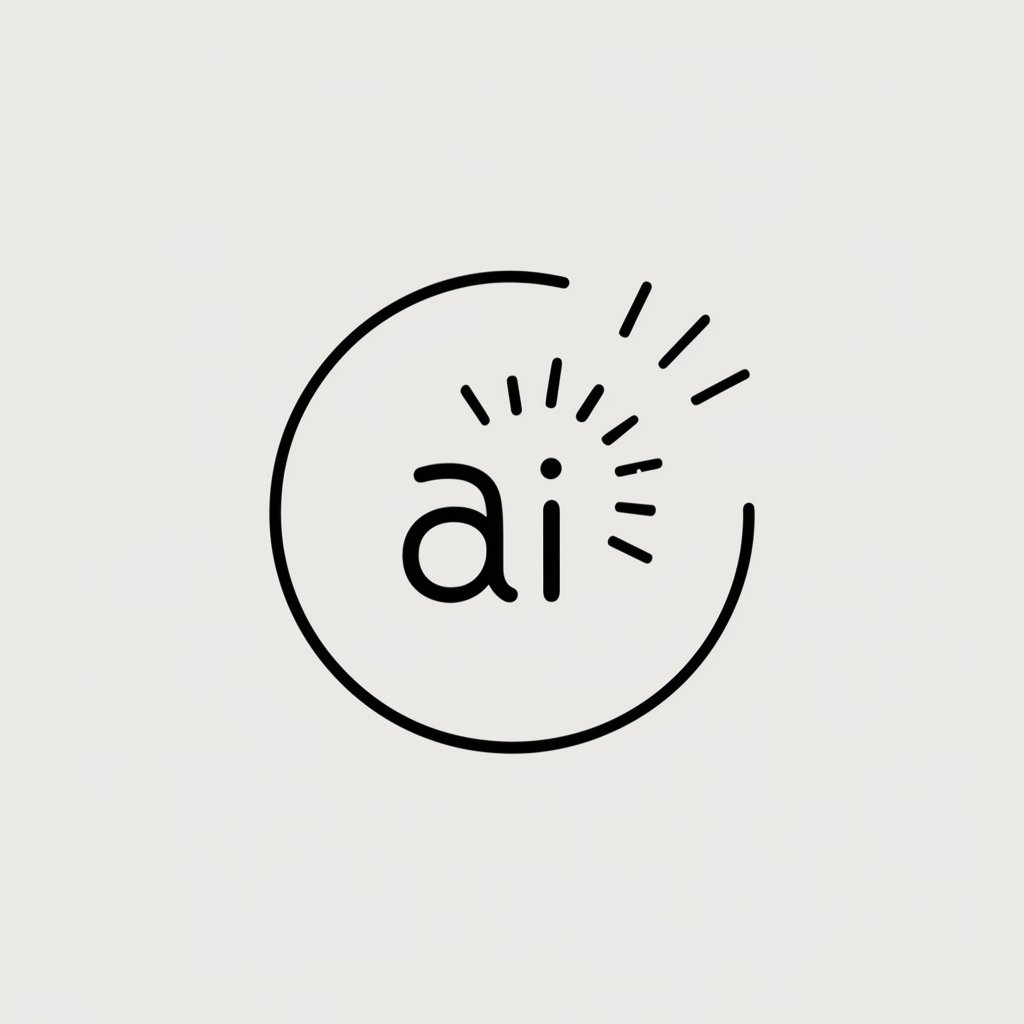
DeutschlandLeben (Life in Germany)
Empowering Life in Germany with AI
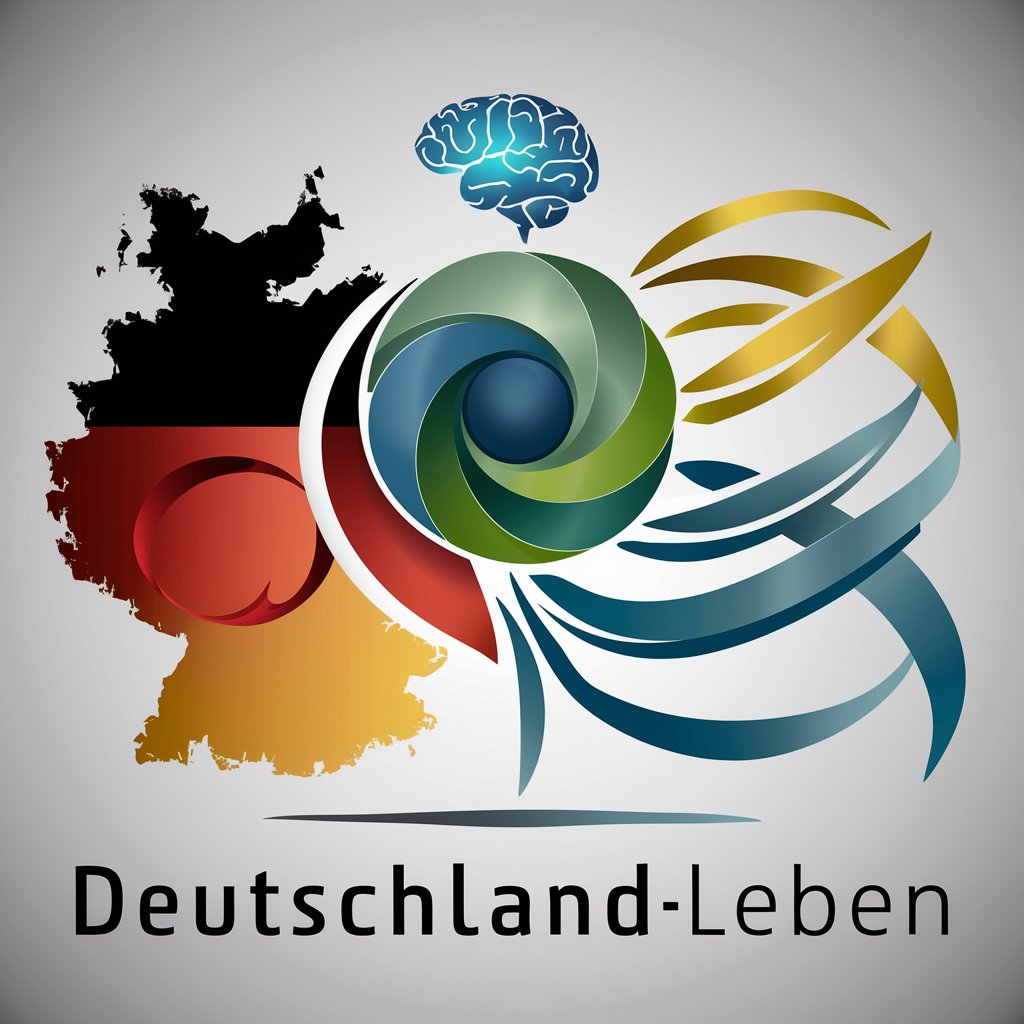
Empathic Listener
AI-powered Empathetic Companion
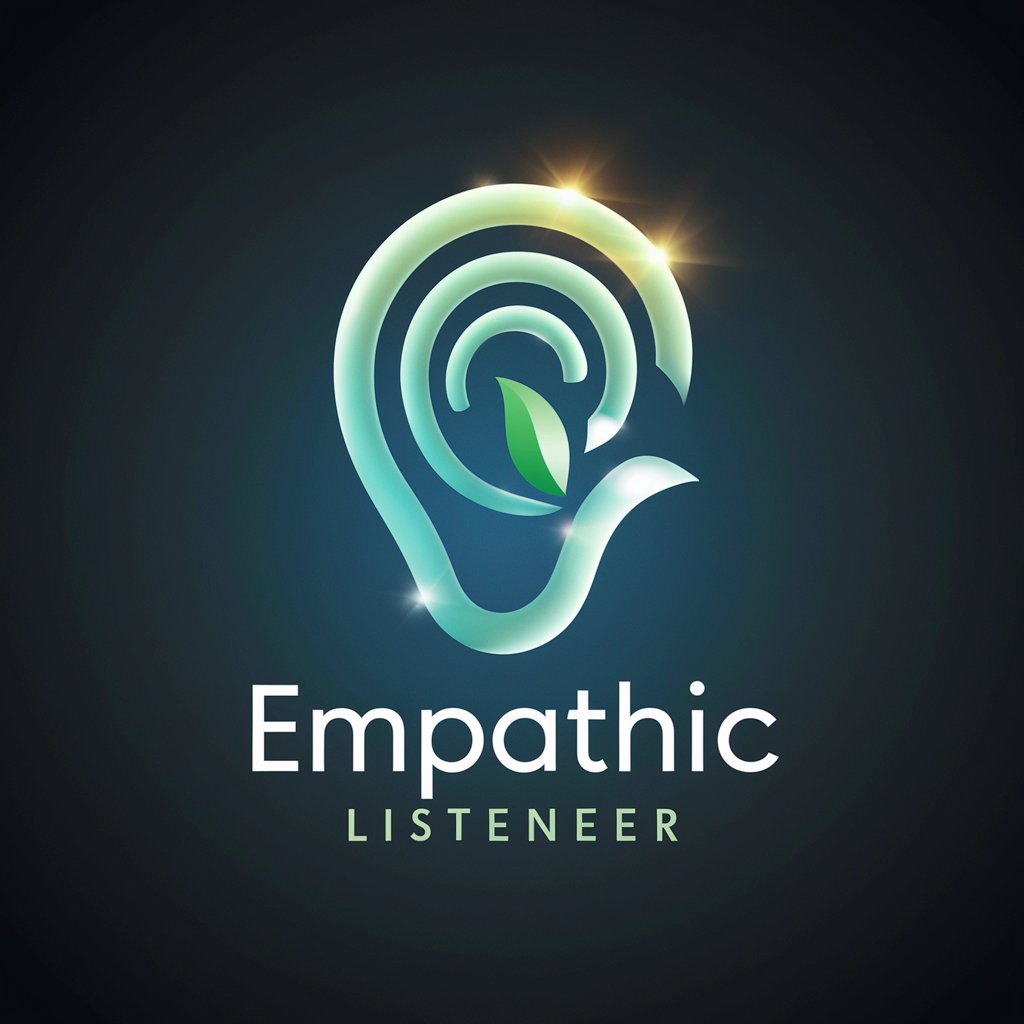
TrendSpotter
Unveil the latest Pinterest trends with AI
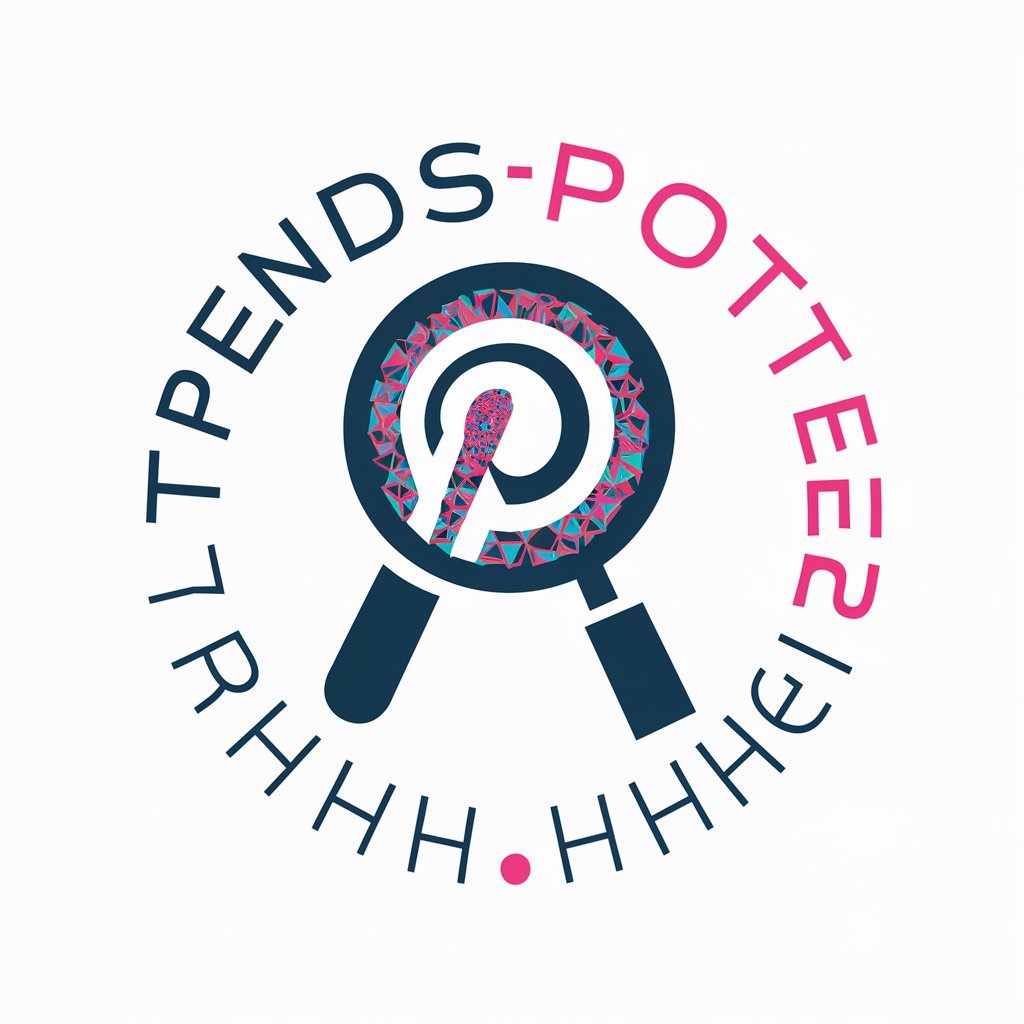
DIY Website Builder
Craft Websites Effortlessly with AI

Przemek's Avatar
Empowering Your Business with AI Insights

Wedding Scene Director
AI-powered Wedding Videography Insights

Music Maestro
AI-Powered Music Theory Mastery

LegalGPT Ecuador
Empowering legal decisions with AI

Frequently Asked Questions about dreamGPT
What theories does dreamGPT use for dream interpretation?
dreamGPT utilizes both Freudian and Jungian theories to interpret dreams. These approaches help analyze dreams through symbolic meanings and the psychological aspects they may represent.
Can dreamGPT provide interpretations for all types of dreams?
While dreamGPT is designed to interpret a wide range of dreams by analyzing their symbols and emotional content, the accuracy and relevance of interpretations can vary depending on the detail and context provided by the user.
Is dreamGPT suitable for professional psychological advice?
dreamGPT is intended for entertainment and personal insight purposes only. It should not be used as a substitute for professional advice from a qualified psychologist or therapist.
How can I get the most accurate interpretation of my dream?
For the most accurate interpretation, provide a detailed description of your dream, including emotions, colors, symbols, and any notable interactions or events. Be open to answering follow-up questions to clarify specific aspects of your dream.
Can dreamGPT help understand recurring dreams?
Yes, dreamGPT can offer insights into recurring dreams by analyzing the patterns and themes that repeat. Sharing details about the frequency and variations of these dreams can enhance the interpretation.
